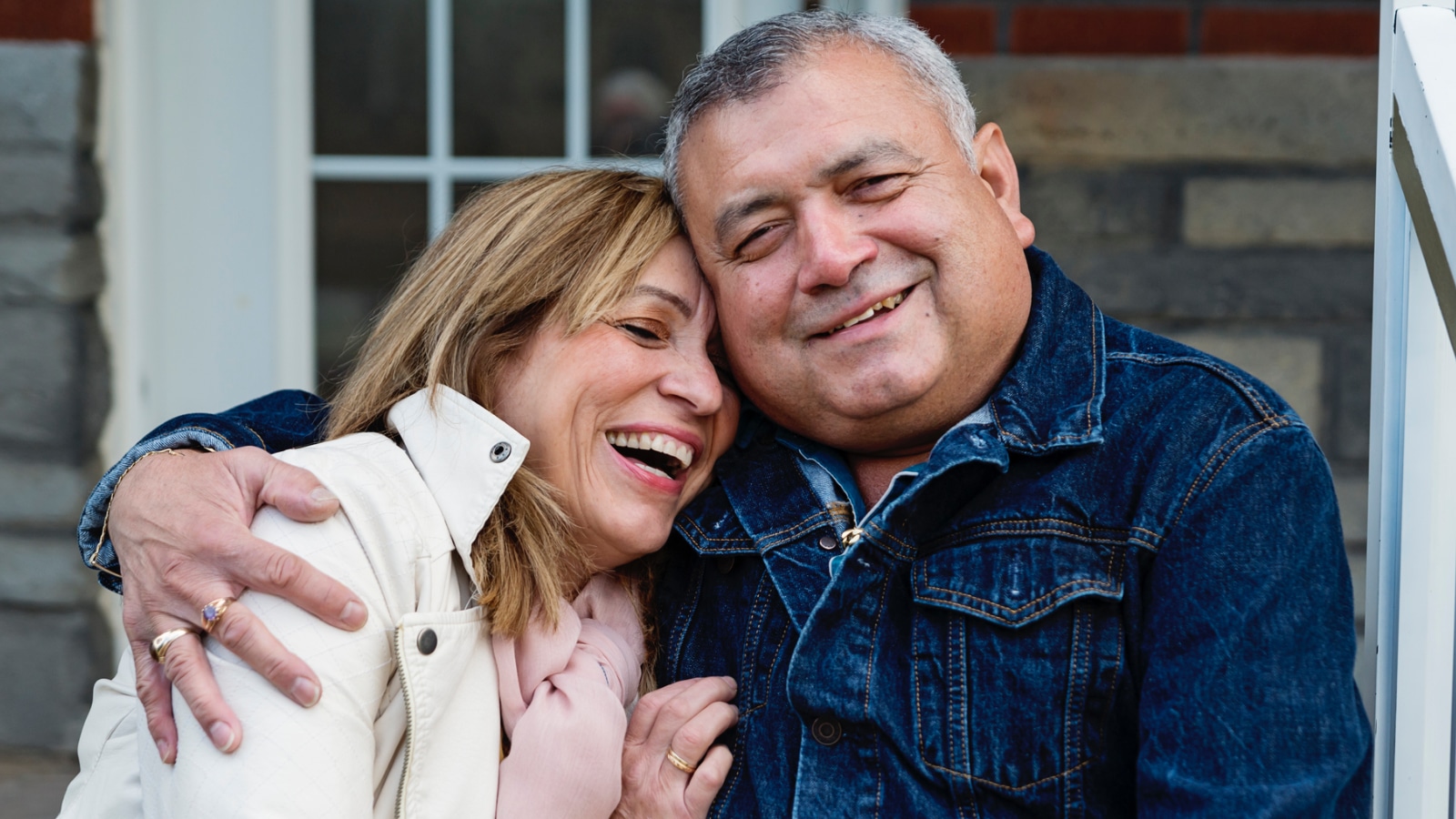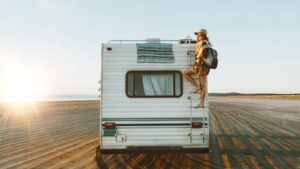This week is Active Aging Week, an annual campaign to promote the benefits of healthy aging and lifestyles. It is held during the first week of October, beginning on the first Monday of the month. In 2023, it runs from October 2 to October 8.
Falls are one of the greatest health risks for older adults. Every year, millions of people ages 65 and older suffer falls. One out of five falls causes serious injury, such as head trauma or fractured bones. More than 95% of hip fractures are caused by falling, usually sideways, as reported by CDC. Take the following steps to help fall-proof your home:
- Keep pathways clear of tripping hazards: Remove extra furniture, power cords, and other clutter from pathways. This includes hallways and the routes you travel to get around in your home. Place rubber strips over electrical cords or use cords with flat plugs.
- Get rid of scatter rugs: Although they may be decorative and add warmth to your home, scatter rugs can cause seniors to trip and fall. Remove any rugs that are tripping hazards. Make sure any rugs in bathrooms have no-slip surfaces on the bottom.
- Repair uneven walkways: Vision changes can impair depth perception in older adults, which can make walking surfaces less clear. To help prevent falls, fix uneven walkways and steps both outside and inside the home. Use color contrasts to call attention to changes in floor surfaces.
- Install proper lighting: The better you can see where you are going, the less risk of tripping and falling. Let in natural light by opening curtains and blinds. Install extra lighting, such as night lights in hallways, light strips, or toe-kick lights on steps. Motion sensor lights are an option for indoor as well as outdoor use.
- Design fall-proof bathrooms: To reduce the risk of bathroom falls, install a shower chair and grab bars around the tub, shower, and toilet. Use non-slip rugs. For older adults with arthritis, consider installing a seat extender or a higher toilet.
- Minimize the furniture in your home: The more crowded your home is with furniture, the more difficult it is to navigate without tripping. Decrease the number of furniture items for fewer obstacles. Furniture with rounded corners is best to reduce the risk of injury in the event of a fall.
- Repair plumbing leaks: Leaky plumbing can cause water to accumulate, creating serious slip-and-fall hazards. Get any plumbing problems repaired as soon as possible. Mop up excess water immediately. Place non-slip mats around areas such as sinks or showers where water is regularly used.
- Secure stairways: For older adults, stairs are a leading cause of falls. Ensure handrails are sturdy and install them on both sides of the staircase if possible. Make sure stairways are well-lit with on-off switches at both ends.
Medicare covers healthcare expenses for adults ages 65 and older. If you need assistance enrolling in Medicare or selecting a plan, our friendly agent is happy to help.





